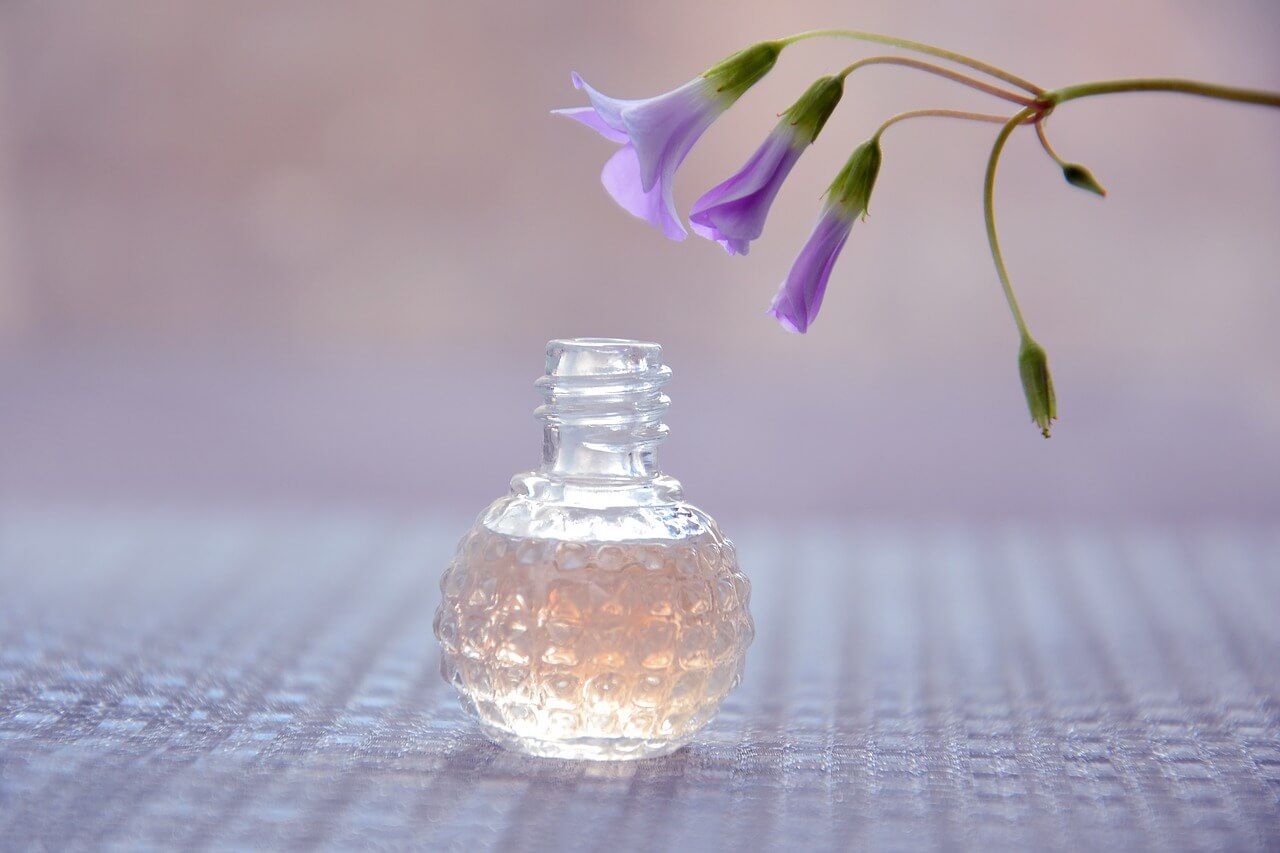If there’s one ingredient you should always watch out for in your cosmetics and common household products, it’s fragrance.
Fragrance sounds nice. It conjures up images of smelling fresh flowers or breathing in the scent of clean morning air. But unfortunately, manufactured fragrance is not a pleasant thing at all.
Many of the fragrances you breathe in from manufactured products are synthetic. They are created in a lab from a mixture of chemicals. They often fall in the “How do you pronounce that?” category.
And the effects of many synthetic fragrances can be summed up in one word: toxic.
However, to get a better understanding of just how dangerous this seemingly innocent ingredient is and how it may be affecting your health right now, it’s worth taking a closer look at the world of mass-produced scents.
The Truth About Fragrance

If you make a habit of scanning labels to catch toxic ingredients, you probably have some specific ones you look for. Maybe it’s artificial flavoring and MSG in food products or sulfates in personal care products.
But what throws a lot of people off, even the health conscious ones, is finding the word “fragrance” on an ingredient list (sometimes, it is instead listed as “scent” or the really-fancy-sounding “parfum.”)
Now, “fragrance” isn’t unpronounceable. It doesn’t sound like a harmful ingredient. And maybe if all or most of the other ingredients check out, you buy the product anyway.
This is an unfortunate trap that many people fall into. And it exists because companies often don’t want you to know what really goes into their products.
As briefly mentioned, synthetic fragrances are actually a mix of many different chemicals. According to the Environmental Working Group (EWG), the average product containing fragrance has about 14 additional chemical ingredients not listed on the label.
This means you have no way of knowing which chemicals make up the word “fragrance” in a specific product.
There are over 3000 possible chemicals that could be in a fragrance cocktail, many of which are derived from petroleum (yes, petroleum, the same ingredient at the base of gasoline, motor oil, jet fuel, asphalt, bicycle tires, and more… and the alarm bells should be ringing already!)
None of these chemicals in “fragrance” have to be disclosed to you, the consumer, because they are protected as “trade secrets.” And that alone should be enough to make anyone wonder what the manufacturers may be trying to hide.
Most Common Products Containing Fragrance
Before getting into the specific dangers of fragrance, here’s a look at where it’s most likely hiding out in your home. Be warned: If you start checking labels for this ingredient, it will probably turn up in more places than you think.
Perfume and Cologne
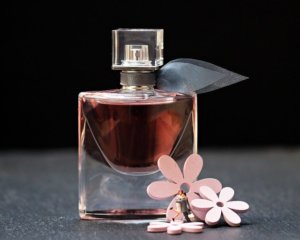
Perfume and cologne are two products that are obviously loaded with fragrance chemicals. After all, their sole purpose is to smell appealing.
In a report by the EWG, some of the top brand name perfumes and colognes contained as many as 24 secret chemicals — in a single product. What’s really concerning is that some of these chemicals (like diethyl phthalate and musk ketone) are known to accumulate in human tissues.
This means that if you use any of these products regularly, the toxins may well be building up in your body.
Cosmetics
There are many toxins lurking in cosmetic products. Fragrance is one of them, showing up in anti-aging creams, moisturizers, lip gloss and many other products. NOTE that even cosmetics that don’t smell like much often contain fragrance to mask the smell of other synthetic chemicals used in the formula.
If you do apply creams and makeup to your face, just think about how often you wear it and how long it spends “sitting” on your skin. Of course, it is NOT just “sitting” there — your skin absorbs much of what you apply to it into your body. That is, you literally eat much of what you feed your skin. Your exposure time to toxic fragrance in cosmetics can obviously add up quite quickly!
Other Personal Care Products
Personal care products are another huge problem when it comes to fragrance. Nearly any conventional product you apply to your body that has a scent will contain fragrance chemicals.
For example, one report from 2011 found that more than 95% of shampoos, conditioners, and hair styling products contain fragrance. And that’s not even counting soap, deodorant, sunscreen, and the many other products you likely use every day.
Candles and Air Fresheners

Like perfume, candles and air fresheners are designed specifically to smell nice. Except, of course, they “freshen” your home instead of your person.
Not surprisingly, these two products are also major sources of toxic fragrance in homes.
In fact, one study from 2011 that examined 25 scented products, including air fresheners, found 24 chemicals that are classified as toxic or hazardous by U.S. regulations. Most notably, none of these chemicals were on the label. They were all hiding under the word “fragrance”.
Cleaners and Laundry Products
Ironically, many cleaning products contain such harsh-smelling (and toxic) chemicals that manufacturers add even more chemicals to mask the smell. It can actually be difficult to find an unscented cleaner because fragrance is so prevalent.
Laundry products are also a major concern. Detergent, fabric softener, and dryer sheets frequently contain synthetic fragrance. They cause problems both inside and outside the home, since products are typically vented outdoors.
Dangers of Toxic Fragrance Chemicals
Absorbed Through Your Skin
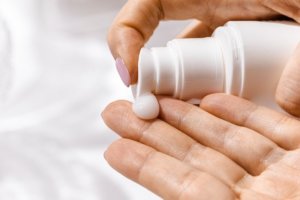
One of the biggest dangers of fragrance comes from skin contact.
A growing body of research is indicating that scented products are one of the biggest triggers for allergies in the world. The report, which was from 2016, found that about 1/3 of participants experienced some kind of allergic reaction to fragrance.
This is bad news if you have sensitive skin.
Contact dermatitis (an allergic skin reaction) is one of the most common symptoms of applying a fragrance product topically. Other reactions include hives, sinus problems, and migraines.
Another concerning issue referenced earlier is that fragrance chemicals can also be absorbed into your body through your skin. Those that are small enough will even enter your bloodstream. And as mentioned, several of these chemicals are known to accumulate in human tissue.
The specific dangers?
Besides allergies, these toxic chemicals may increase your cancer risk. One common one called styrene, for example, is considered a human carcinogen, and plenty of others are potential carcinogens.
Other fragrance chemicals are also endocrine disruptors, which means they can alter your hormones, causing all kinds of damage. Some are even linked to birth defects and child developmental issues through prenatal exposure.
Breathed Into Your Lungs
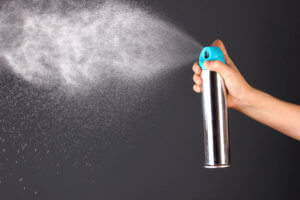
Fragrance products like air fresheners are one of the top contributors to indoor air pollution. They emit chemicals known as VOCs (short for volatile organic compounds) that are very toxic to your lungs and the rest of your body.
Even other products that you wouldn’t think of as airborne can still get into your lungs. Perfume and cleaning chemicals, for example, are often sprayed and easy to inhale. Scented laundry products get vented outside and can be breathed in by anyone nearby (and pay attention to this if you ever go to laundromats, too!)
Unsurprisingly, one of the biggest dangers of fragrance products is lung irritation or damage.
Just being exposed to cologne was enough to worsen asthma symptoms according to one study. Other research on VOCs, which includes certain fragrance chemicals, indicates that exposure can increase the risk of chronic respiratory problems in children.
Other common reactions to inhaling synthetic fragrance include migraines, dizziness, and congestion.
If that weren’t enough, fragrance products also release compounds that react with ozone to form secondary pollutants. This includes formaldehyde and acetaldehyde — both of which are carcinogens.
Damaging to the Environment
While this article is mainly focused on the toxic nature of fragrance for human health, it’s important not to forget about the effects chemicals have on animals and the environment.
Fragrance chemicals are most likely going to end up either in the indoor atmosphere of your home or in the outdoor world. They get washed away, sprayed into the air, vented directly outdoors, and so on. And that’s not even counting how many chemicals “escape” during the manufacturing process.
The same chemicals that accumulate in your body can also build up in the ground, water, insects, and animals. Ironically, this eventually comes back around to humans through the food chain and also does untold damage in the meantime.
Most Common (and Problematic) Fragrance Chemicals
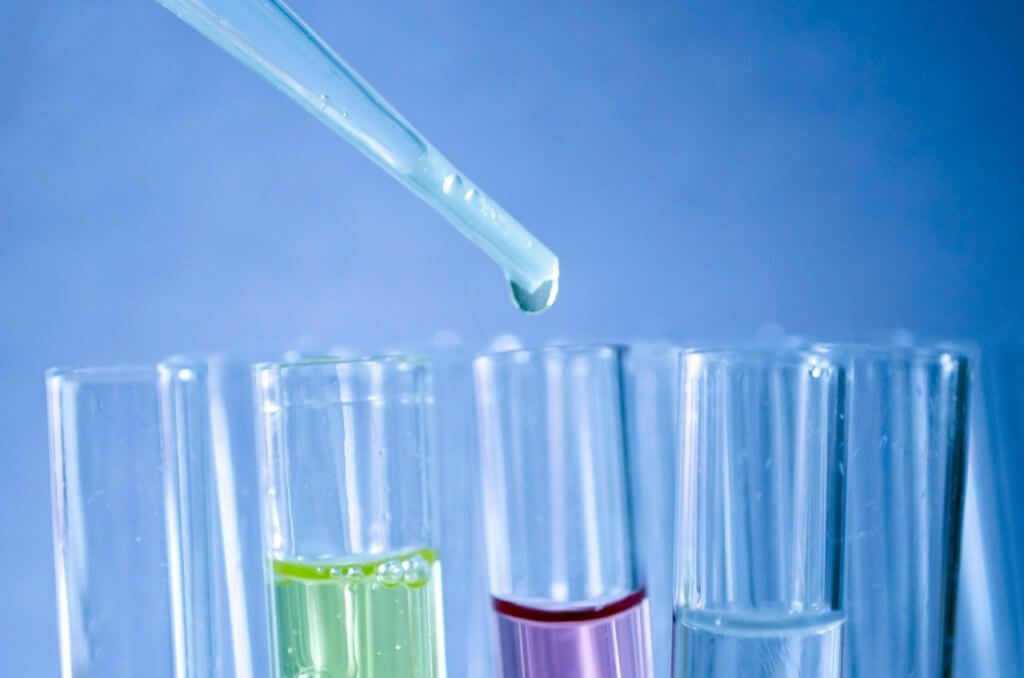
Phthalates
Phthalates are linked to a variety of health issues, such as wreaking havoc on hormones, developmental and reproductive toxicity, and even cancer. They also appear to cause sperm damage and are linked to lower IQ in children who had prenatal exposure. Phthalates are banned in many other countries, but they’re a common ingredient in many fragrances in the U.S. (See more about phthalates right here.)
Synthetic Musks
Musk is a popular scent, but the synthetic forms are awful for your health. They are known to accumulate in the environment, human fat tissues, and breast milk. Some of the most used musk chemicals are endocrine disrupters, toxin to the brain and lungs, and are linked to reproductive toxicity.
Look for them under the names galaxolide, musk ketone, tonalide, and musk xylene.
Styrene
Styrene has a sweet scent but may be toxic to your lungs when inhaled. It’s also a probable human carcinogen, endocrine disruptor, and can be toxic to red blood cells and your liver. Unfortunately, styrene is very commonly used in fragrance products.
Formaldehyde
Formaldehyde is a human carcinogen and may also cause skin irritation. It’s still used in product in the U.S. (despite being banned in many other countries). It may be present in small amounts in fragrance or form when other compounds react with ozone.
Acetaldehyde
Acetaldehyde has a fruity smell — and is listed as a probable human carcinogen. It may also cause kidney, reproductive, nervous system, and respiratory damage. Like formaldehyde, acetaldehyde can form after a reaction of fragrance compounds with ozone.
Chloromethane
This chemical can have acute and chronic effects on your nervous system. It may also affect your liver, kidneys, and skin and may have developmental toxicity as well. Like the other chemicals, chloromethane is commonly used in household fragrance products.
The List Goes On
This just scratches the surface of possible fragrance chemicals and their negative effects. This list could run a lot longer, but you get the picture of just how harmful synthetic scents can be for your health.
Why Are Toxic Fragrance Chemicals Allowed?

At this point, you may be wondering how all these harmful chemicals can end up in fragrance.
The truth of the matter is that cosmetics, personal care products, and even home goods are all highly unregulated industries. The U.S. FDA has placed few restrictions on chemicals that are considered harmful and banned in other countries.
In fact, cosmetic ingredients are not required to demonstrate they are free of harmful effects before going on the market. Essentially, it is the reverse — chemicals must be shown to cause extensive harm, often over long periods, before restrictions are even considered.
Even then, compliance may often be voluntary for companies, or it takes years for the government to phase out chemicals.
To make things worse, companies do not have to disclose fragrance ingredients on the label because they are considered a “trade secret”. This makes it impossible for you, the consumer, to even make an informed decision. (Fortunately, the FDA may be moving in the direction of at least requiring companies to disclose potential allergens in fragrance.)
Until companies change their policy and list all the ingredients in their products, the best choice you can make is to avoid fragrance altogether.
And to be honest, things are unlikely to change much because those synthetic and often harmful chemicals are far more profitable for companies than natural fragrance ingredients. Most companies likely won’t give up this cost savings easily.
How to Avoid Toxic Fragrance + Better Choices
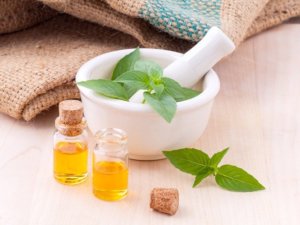
When it comes to avoiding fragrance, the best option is to look for USDA Certified Organic products — see more on this below.
It is also important to read ingredient labels.
First, do a quick scan to see if fragrance (or scent, or parfum) is listed in the ingredients. If it is, do your health a favor and don’t buy the product (or get rid of it if it is on your shelf).
A few companies will actually list the ingredients in their fragrance, either on the label or on a website. In this case, you can put any you aren’t sure about through EWG’s Skin Deep database to see if they are toxic.
Something else to beware of is “fragrance-free” products. Remember that labeling is mostly about marketing — not information. Products may have chemicals added to mask the scent of other ingredients so, sure, it has no scent — but that does not necessarily mean free of synthetic chemicals masking the scent! Once again, check the label, and if in doubt, don’t buy the product.
Also, be on the lookout for greenwashing. This is the practice of using words like “organic” and “natural” in marketing to make you believe the product is entirely natural or organic. However, they may actually only have one or a few natural or organic ingredients in the product — along with many synthetic ones! (Again, read those labels closely and see below regarding CERTIFIED organic.)
So what should you look for?
The smartest step is to look for USDA Certified Organic cosmetics/personal care products if you live in the U.S.
This ensures — in a strict process independent of the companies involved in selling the product — that the products don’t contain potentially harmful ingredients, including those otherwise often found in “fragrance.”
Instead, USDA Certified Organic products will often use organic essential oils or organic plant extracts to give the product a genuinely pleasant scent!
And if you are looking for USDA Certified Organic skincare…
No Fragrance Added, USDA Certified Organic Skincare
 If you are looking for highly effective anti-aging skincare without dubious ingredients — including NO synthetic fragrance — note that ALL Purity Woods’ products are USDA Certified Organic.
If you are looking for highly effective anti-aging skincare without dubious ingredients — including NO synthetic fragrance — note that ALL Purity Woods’ products are USDA Certified Organic.
This includes the #1 bestselling USDA Certified Organic Age-Defying Dream Cream, which provides your skin nature’s most potent ingredients to stop and reverse the appearance of fine lines, wrinkles, age spots, loose-looking skin and more.
The unique and powerful ingredients in the Age-Defying Dream Cream include organic maple leaf extracts, which may be nature’s most effective way to boost your skin’s elastin.
It includes organic Indian Gooseberry (a.k.a. amla), which is outstanding for helping your skin’s collagen, and it includes organic astaxanthin, which comes from red algae and may be nature’s top ingredient for reversing the appearance of weathered-looking skin.
You’ll see all the remarkably effective botanicals in the Age-Defying Dream Cream — which is USDA Certified Organic, meaning free of synthetic fragrance, other synthetic ingredients, pesticides and herbicides, and any junk you don’t want in your body — right here!
And beyond the certified organic skincare products at Purity Woods, do consider looking for certified organic personal care products, truly natural-ingredient perfumes, and fragrance-free and toxin-free air fresheners, cleaners, laundry products, and more.


